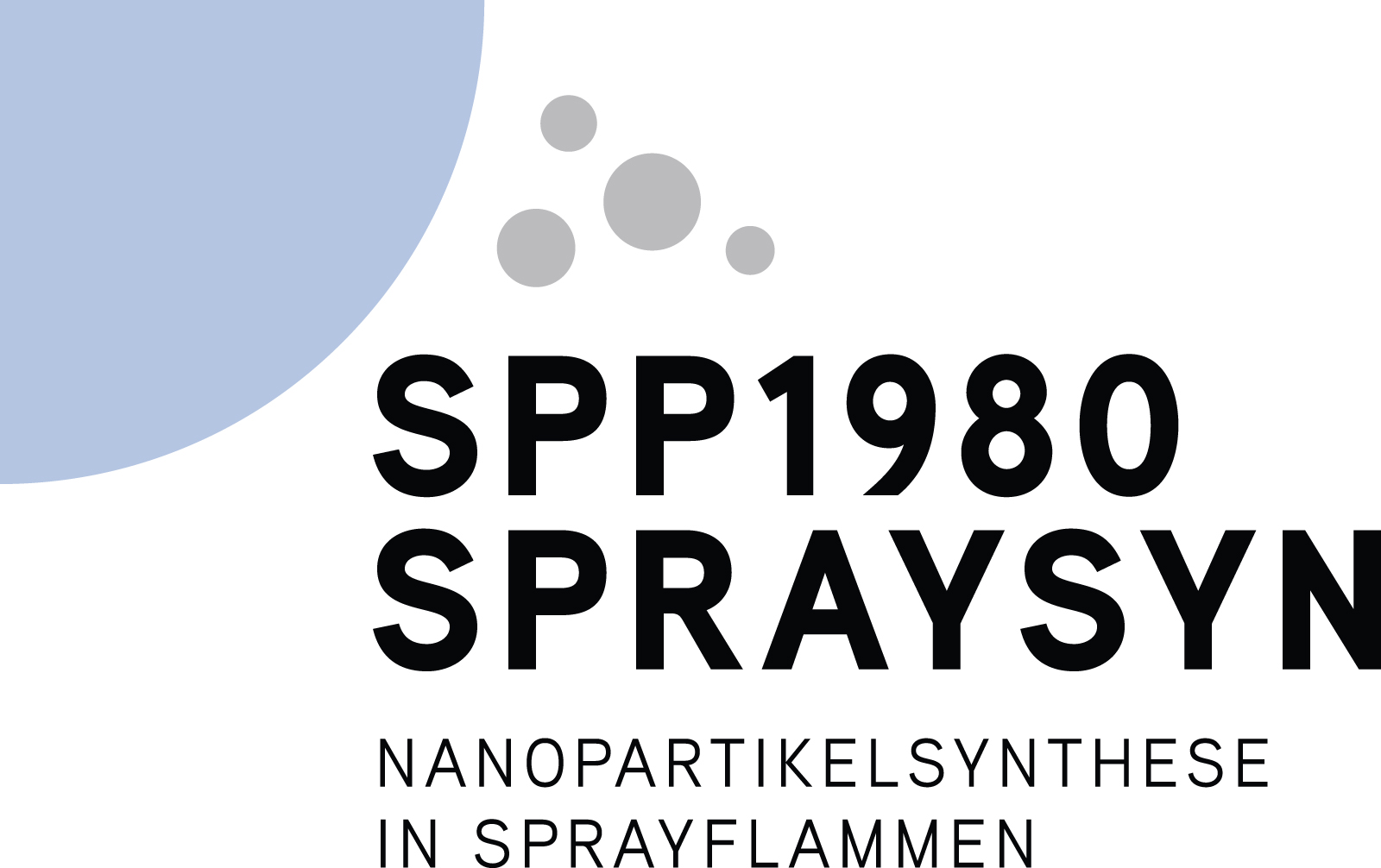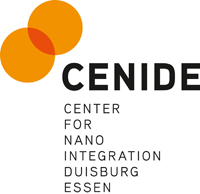Coherence
Coherence of the planned research activities
As a connecting element are a common model configuration and the definition of materials systems. This eliminates a time-consuming initiation phase and ensures coherent cooperation. All projects are directly affected by one of the two specifications for model configuration and the materials system.
Definition of a model configuration
A key element of the Priority Program is the design and use of a standard burner, the so-called SpraySyn burner. A standard configuration enables a comprehensive characterization of the spray-flame synthesis with a variety of in situ and ex situ measurement methods and the implementation and integration of sub-models with the aim of a validated overall simulation. The SpraySyn burner should be implemented as an internationally recognized standard with long-term significance. This requires the development of a burner that is ideal for measurement and simulation, reproducible, relatively inexpensive, and requires little effort in the simulation for the correct treatment of boundary conditions. In addition, the burner should be designed so that it can be integrated in a chamber to enable the variation of the pressure and the composition of the atmosphere (especially oxygen content).
Definition of materials systems
The materials considered are selected in order to investigate the overall system with different and increasing complexity.
Iron oxides: This is a system in which already comparatively many basics are known. Due to the various oxidation states and phases, targeted synthesis is challenging and the materials class therefore provides a critical test case for the simulation of the spray-flame synthesis.
Barium/strontium oxides: These substances tend to form carbonates and therefore require detailed understanding of the process with respect to the temperature distribution and back flow of combustion exhaust gases.
Barium/titanium oxides: The starting materials (such as TTIP) are highly susceptible to hydrolysis and therefore require detailed understanding of the process regarding the backflow of the combustion-generated water.
Cerium/aluminum oxides: These materials can so far be generated in flames only from very expensive precursors. The goal here is the substitution of these precursors by salts. This requires a good understanding of the spray formation and evaporation, in order to avoid contamination of the products by large particles that are produced by incomplete spray evaporation.
Bismuth: It is of particular interest to reduce Bismuth particles in the flame to the metal. To achieve this without the simultaneous formation of soot, requires detailed understanding and possibly an adjustment of the composition of the solvent.



